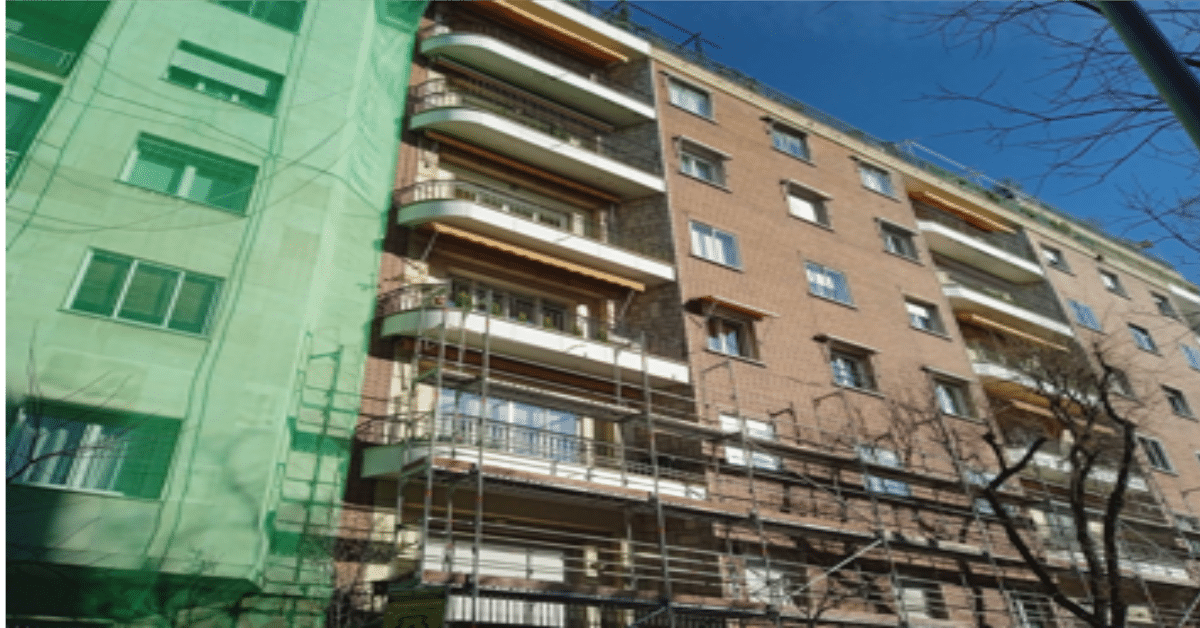Spain, where half of buildings are over 40 years old, receives different types of aid for building renovation; mainly aimed at improving energy efficiency, accessibility or habitability, depending on the program and the specific regulations of each municipality or region.
– The Spanish housing stock is old, inefficient and poorly accessible.
– Spain plans to renovate more than a million homes in this decade thanks to European recovery funds.
– There’s a good perspective for the housing renovation rate and new initiatives to promote nature-friendly buildings renovation.

According to the Ministry of Transport (‘Mitma’), up to 9.3 million homes need to be renovated in Spain. About half of the building stock was built before 1980, of which one million is in a poor conservation state. In terms of energy consumption, 84.5% of buildings have the three lowest ranking labels (E, F or G). There is also a significant deficit in social rental housing (representing only 2.5% of first residences), while 75% of homes have accessibility problems.
Although the building sector is not the most polluting (with barely 8.8% of total GHG emissions), it is the second in terms of energy consumption (around 33% of the final energy consumption), also thanks to the poor conservation state of buildings that generally entails defective thermal insulation and high energy waste. In addition, close to 30% of CO2 emissions resulting from human activity are attributed to the construction sector.
To reverse the situation, the Government has planned an investment of around 7,000 million euros between 2021 and 2023 through its Recovery and Resilient Plan to promote the comprehensive renovation of neighbourhoods and the energy efficiency improvement of buildings, homes and public institutions. Six programmes have been established, each of them aimed at different beneficiaries (from SMEs to homeowners, owners’ associations, and local entities) and with their own technical requirements.
The goal is to move towards a circular and decarbonised economy, and to make homes more energy efficient by 2030, as stated in the Spanish NECP through the improvement of the thermal envelope of 1,200,000 homes and the renovation of thermal heating and DHW installations of 300,000 homes/year on average. In addition, the Government intends to build 20,000 homes for affordable rent in energy-sustainable buildings.
The arrival of EU funds must be accompanied by more agile management and processing by public administrations at all levels. Despite delays, according to Alimarket, home renovation works to improve energy efficiency are multiplying. The revised NECP should establish standards to ensure that the works will not cause damage to protected species and, if unavoidable, compensate for these damages, in compliance with the mandatory DNSH principle for all MMF-financed actions.

